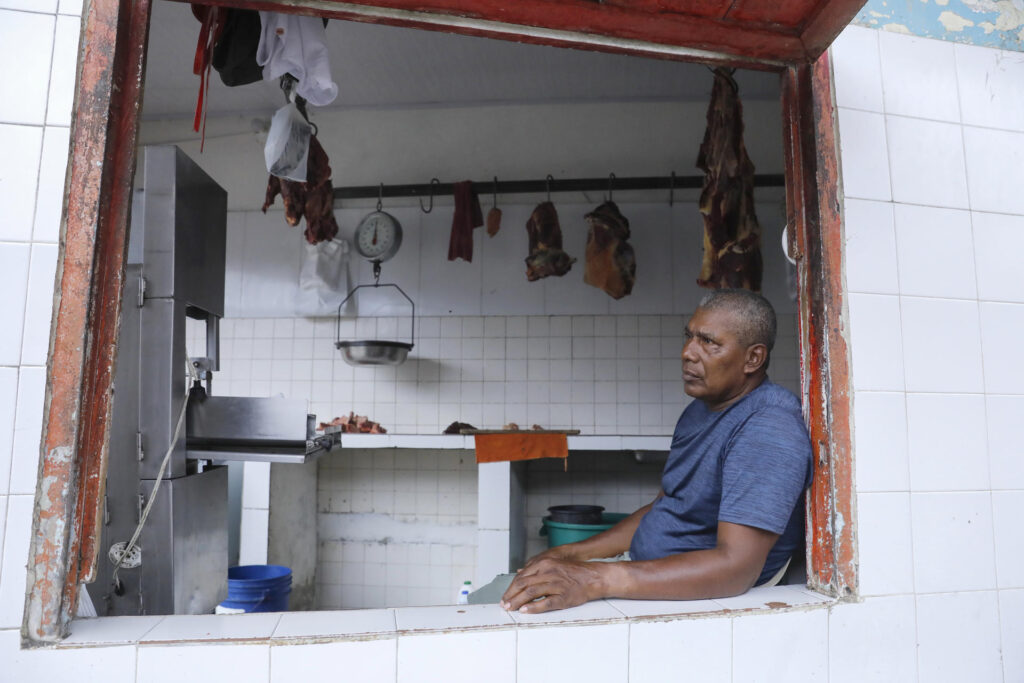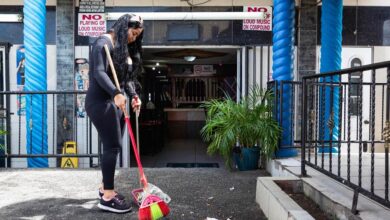After the Migrant Boom, Colombians Struggle to Rebuild Their Caribbean Economies

The collapse of migrant crossings through the Darién has left Acandí and Necoclí reeling. Fishermen, porters, and shopkeepers who once lived off backpacks and boat tickets now face empty cantinas, half-built houses, and the hard wait for tourism to return.
When the Backpacks Stopped Arriving
For two electric years, the jungle paths outside Acandí were alive with the sound of thousands of feet. Luis Fernando Carrascal, 32, could earn as much as $260 a day hauling migrants’ backpacks toward the Darién Gap before returning to fish. The money felt unreal. He bought a motorized boat, new nets, and joined neighbors who pooled their earnings to cut a new trail through the forest—a muddy artery linking Acandí with Capurganá, financed not by Bogotá but by locals themselves.
“It was enough to work one week a month,” Carrascal told EFE. “Now the cantinas aren’t full; the stores don’t sell like they did.”
That tide has ebbed. In 2024, crossings collapsed by 97% after U.S. policy hardened. Roughly 14,000 people even reversed course, heading south instead. For Acandí, a town that adapted to the chaos, the sudden quiet feels as destabilizing as the boom. The “mule” crews that once rotated in shifts dissolved overnight. Carrascal is back to fishing, picking up the odd construction job. Public works, he added, are little more than “some repairs the municipal administration is doing,” nothing close to the upgrades the community dreamed of when the cash flowed.
Boom to Bust in Acandí
The downturn is written on every block. A friend of Carrascal’s who shuttled migrants by motorcycle to hostels once made a dozen trips a day. Halfway through building his new house, the flow stopped. Now he earns at best $25—barely a tenth of his former income. “There’s no comparison,” he admitted to EFE.
In the town’s center, hardware store owner Rogelio Ramos, 64, sips beer at sticky plastic tables while vallenato hums faintly. He used to employ six workers. “Today I have one, and myself,” he told EFE. To cover costs, he split the storefront in two, renting half to a bike shop.
The disappointment is sharpened by insecurity. Acandí sits inside a zona roja, where the Clan del Golfo casts a long shadow. Utilities still fail to run 24 hours a day. “We’re battered and abandoned,” Ramos said. He expected the state to invest after the bonanza. Instead, the only new road was carved and maintained “by the community, not the government.”
The migration boom also reshaped local habits. Prices were dollarized, rents spiked, and groceries became more expensive to stock. Residents learned to live with the contradictions of opportunity and resentment. But as the flow ebbs, debts remain. Appliances bought on credit still need to be paid for. Half-finished houses stand skeletal in the heat. The trail Acandí built remains a point of pride. But the jobs that paid for it have evaporated.
Necoclí’s Second Act: Poetry, Palms, and No Tents
Across the Gulf of Urabá, Necoclí is trying to script a different ending. Mayor Guillermo José Cardona is betting on festivals—poetry, vallenato, and coconuts—to lure back the tourists who fled when up to 20,000 migrants camped on the beach at once.
“The tourism of big hotels ended,” he told EFE. “Common people earned a lot. A lot, a lot, a lot.”
Now the palm-lined malecón feels half-asleep. Signs forbid camping. Others offer “adventure routes” that trace the very steps migrants once took into the Darién.
Luis Javier Medrano, 20, has lived in both economies. He once earned commissions guiding migrants to hastily arranged rooms, wiring makeshift lodgings with his uncle. Today, he operates a hostel desk where only a handful of swimmers dot the turquoise water. “Tourism is showing signs of life,” he told EFE. Behind him, crews raise three 13-story aparthotels—”the tallest towers in Urabá,” the mayor boasts.
But Medrano is pragmatic. If migration returns at scale, he said, he would return to his former hustle “the very next day.” That contradiction defines Necoclí: it must convert the geography of flight into a landscape of leisure, while knowing the tide could constantly shift again.

After the Rush, What Remains?
The migrant economy was transient, but it exposed truths that linger. Communities adapted faster than Bogotá ever did: they built trails, scaled services, and managed ports. Then a policy change in Washington flipped the switch, and small investments were stranded.
The fragility is visible: a hardware store ledger in the red, a wall left unplastered, a net patched for the tenth time, a pool hall abandoned at dusk.
Resilience now means basics: steady utilities, fundamental security, microcredit that doesn’t vanish with headlines, and a state presence that is more than a patrol or a press release.
Residents aren’t waiting. They are fishing, laying bricks, booking rooms, and reinventing themselves. But they know how fast a tide can turn. “We thought the government, or someone, would look our way,” Ramos told EFE. The road Acandí built for itself is the daily reminder: the periphery survives by carrying its own weight.
Also Read: Costa Rica Permaculture Revolution Turns Waste into Water and Wealth
Whether Colombia finally shares that burden will decide if these towns stay hushed—or come alive again, this time with visitors who arrive not to cross a jungle, but to stay and build a future on the Caribbean rim.





